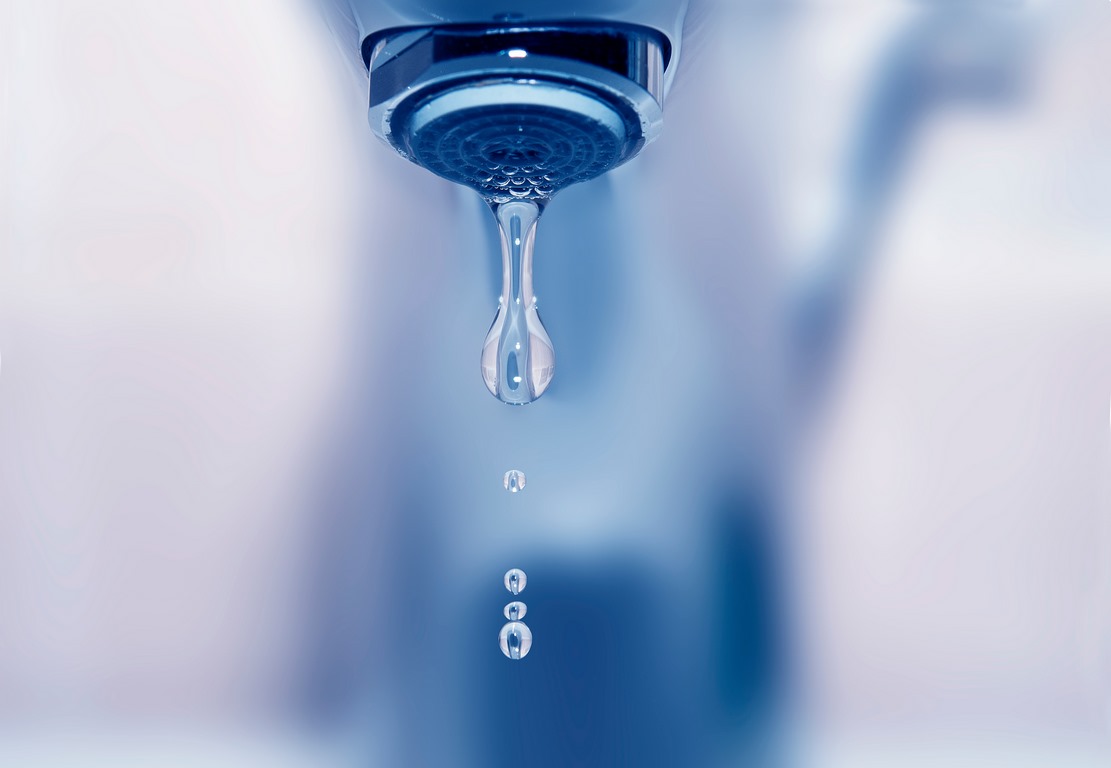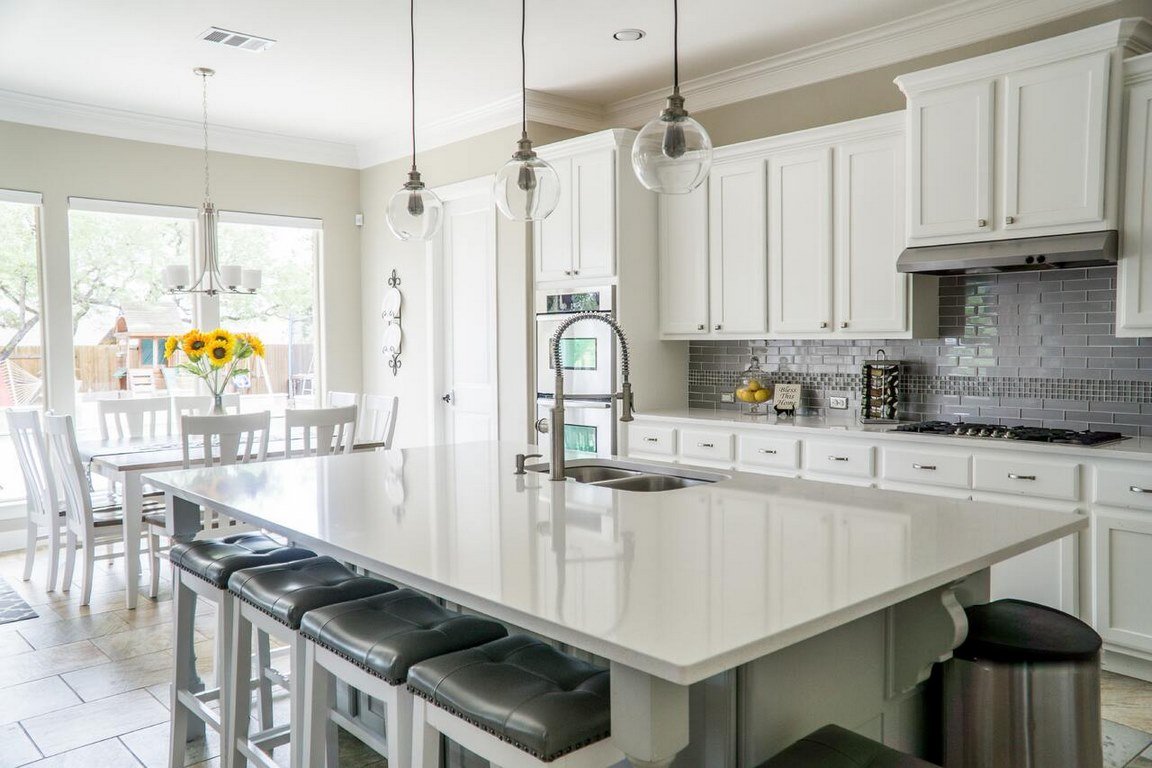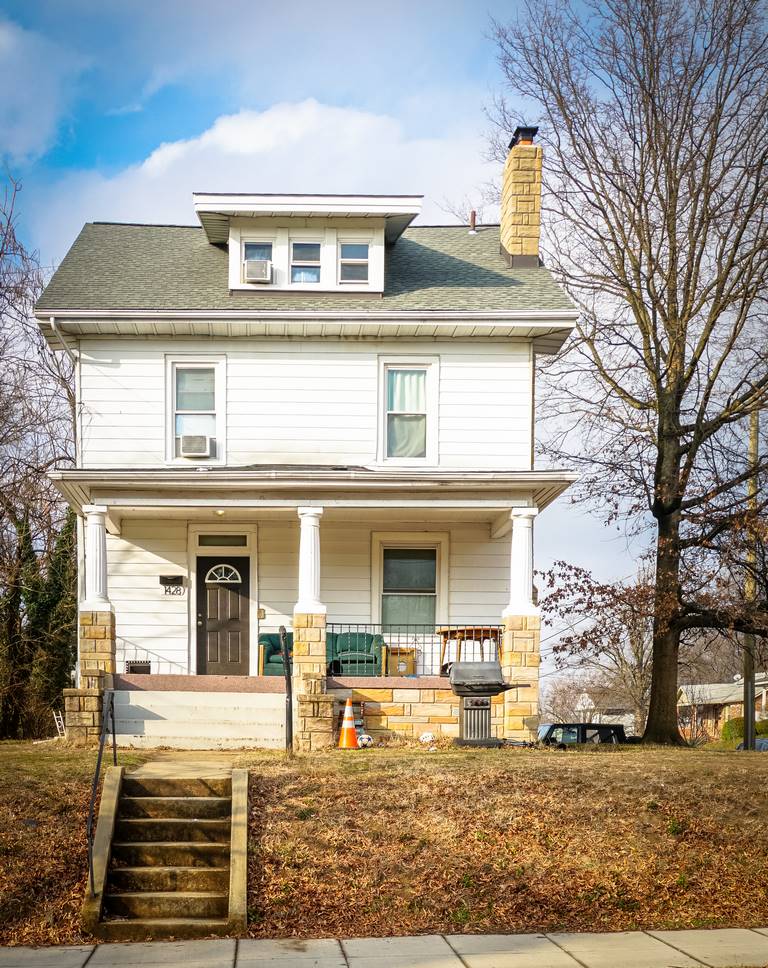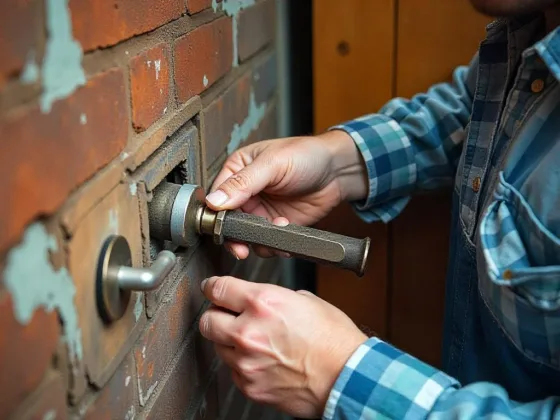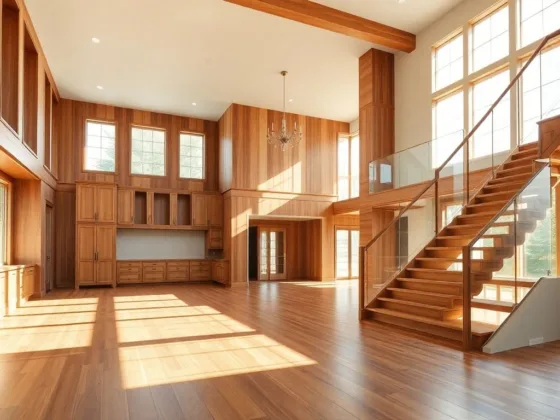Table of Contents Show
Did you know that our homes are a key contributor to greenhouse gas emissions? That said, as more people are becoming increasingly aware of their environmental footprint, we’re now seeing a trend toward building high-performing, energy-efficient houses.
If you’re thinking of constructing a new home for your family, we’re sharing a few tips to help incorporate energy-efficient features into your home design.

Partner With an Experienced Contractor
Hiring a reputable contractor is necessary when building a new home. That said, don’t just pick any contractor you first see.
Although energy efficiency has become a trend in the construction industry and most contractors are claiming to know all about energy-efficient design, you want to choose a company with the right experience.
So, make sure to do your homework. Look for reputable companies that have enough experience and have built a reputation for providing quality homes designed with energy efficiency in mind.
They should have a team of dedicated and innovative home builders with the expertise and knowledge to help design your dream home and incorporate the latest sustainable innovations available.
They can also help in refining your existing house plans so you can get more from your utilities and meet your sustainability requirements.
Read Also:
Opt for a Compact Layout
One of the most overlooked ways to save energy with your home design is the layout of the house. In general, reducing surface area can help reduce interior heat loss and better temperature control.
When properly designed, houses with simple and compact shapes such as box-type homes are more energy-efficient than irregularly-shaped houses with a spread-out layout.
In addition, taller homes are more efficient than one-story houses. With their smaller surface area, taller box-type homes have less exposure to outside elements, losing less heat in the winter and gaining less heat during summer. Not to mention that it also uses fewer building materials.
Think of Orientation
Being mindful of the orientation of your home has a significant impact on how much sunlight it receives. This, in turn, can also contribute to your home’s energy efficiency.
Did you know that lighting makes up about 15% of a home’s electricity bill? However, with thoughtful home orientation and positioning of windows, you can make the most out of the free light source outside—the sun.
This can significantly reduce your reliance on artificial lighting, thereby reducing your energy use.
In general, north-facing blocks allow you to get the most out of natural light as the sun moves from the east to the west. Take note that it can also significantly impact the temperatures in your home throughout the year.
You want to plan for sun-filled rooms in the morning while allowing cooler spaces in the evening. You should also plan for an alfresco dining area that can capture the afternoon sun if your plot of land allows it.
Design for Water Conservation
As one of the most important resources, we can’t live without water. We use it for cleaning, bathing, cooking, and just about every aspect of our daily lives. That said, water is a limited resource.
As part of designing energy-efficient homes, incorporating water-saving features can help reduce wasting this precious resource while also lowering your water bill.
One of the popular systems installed to help conserve water is a greywater recycling system. Greywater is simply wastewater from laundry tubs, showers, and sinks that you can use for other purposes such as watering the garden or for toilet flushing. Installing this system is said to reduce your water usage by up to 50%.
If you don’t have the budget to install complex systems like this, then you can implement simpler methods such as installing low-flow water fixtures to reduce the amount of water used in sinks and showers.
Invest in Energy-Efficient Appliances
The appliances you purchase can have a significant impact on your home’s energy efficiency since they’ll be using energy to do their job.
That said, you want to look for the Energy Star certification on appliances to help streamline your energy consumption while still providing all the convenience and performance your family needs. In general, energy-efficient appliances may cost more upfront, however, they pay for it in the long term.
Takeaway
There’s a lot to love about building energy-efficient houses than just being sustainable and eco-friendly. Today, energy-efficient houses are more comfortable, convenient, and a lot cheaper to run.
So, if it’s time to build your home, make sure to take note of the above tips to help you develop a home that your wallet and Mother Nature approve of.
